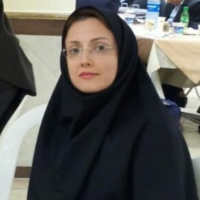Predicting the recovery of COVID-19 patients using recursive deep learning
In this study, an alternative method is proposed based on recursive deep learning with limited steps and prepossessing, in which the data is divided into A unit classes in order to change a long short term memory and solve the existing challenges. The goal is to obtain predictive results that are closer to real world in COVID-19 patients. To achieve this goal, four existing challenges including the heterogeneous data, the imbalanced data distribution in predicted classes, the low allocation rate of data to a class and the existence of many features in a process have been resolved. The proposed method is simulated using the real data of COVID-19 patients hospitalized in treatment centers of Tehran treatment management affiliated to the Social Security Organization of Iran in 2020, which has led to recovery or death. The obtained results are compared against three valid advanced methods, and are showed that the amount of memory resources usage and CPU usage time are slightly increased compared to similar methods and the accuracy is increased by an average of 12%.
-
Improving Data Privacy in the Internet of Things by Using Artificial Immune System, in Regard with the Internet Limitations
*, Ali Harounabadi, Asal Sayyad
Engineering Management and Soft Computing, -
Improving Data Privacy in the Internet of Things by Using Artificial Immune System, in Regard with the Internet Limitations
*, Ali Harounabadi, Asal Sayyad
Engineering Management and Soft Computing,


